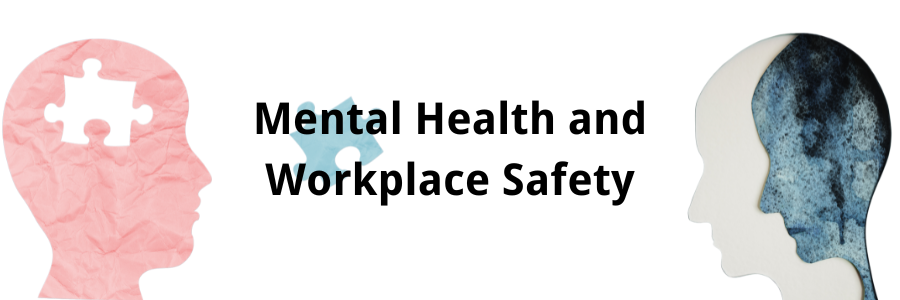Mental Health and Workplace Safety
The Relationship Between Mental Health and Workplace Safety
The relationship between mental health and workplace safety is often overlooked, but it is a crucial factor in maintaining a safe and healthy work environment. Mental health issues can impact an employee’s ability to work safely, leading to accidents, injuries, and reduced productivity. In this article, we will explore the connection between mental health and workplace safety, as well as provide strategies for addressing mental health concerns in the workplace.
Take advantage with 40% off our NVQ Level 2 Award in Mental Health First Aid Awareness this June.
The Impact of Mental Health on Workplace Safety
Mental health issues can directly impact workplace safety in several ways:
- Reduced focus and concentration: Employees struggling with mental health issues may have difficulty focusing on tasks, which can increase the risk of accidents and injuries.
- Impaired decision-making: Mental health problems can affect an individual’s ability to make sound decisions, potentially leading to unsafe actions or choices.
- Increased risk-taking behaviour: Some mental health conditions, such as depression or anxiety, can lead to increased risk-taking behaviour, which can compromise workplace safety.
- Fatigue and sleep disturbances: Mental health issues can disrupt sleep patterns, resulting in fatigue and reduced alertness, both of which can contribute to workplace accidents.
Strategies for Addressing Mental Health
To promote mental health and workplace safety, employers can implement the following strategies:
- Promote mental health awareness: Educate employees about the importance of mental health and its impact on workplace safety. Encourage open discussions and reduce stigma surrounding mental health issues.
- Offer resources and support: Provide access to mental health resources, such as employee assistance programs, counselling services, or mental health first aid training.
- Encourage work-life balance: Promote a healthy work-life balance by offering flexible work arrangements, encouraging employees to take breaks, and limiting expectations for working outside of normal business hours.
- Foster a supportive work environment: Create a culture of support, empathy, and understanding where employees feel comfortable discussing mental health concerns without fear of judgment or discrimination.
- Train management and supervisors: Ensure that managers and supervisors are trained to recognize the signs of mental health issues and know how to provide support and accommodations.
Understanding Mental Health and Workplace Safety
Understanding the relationship between mental health and workplace safety is essential for creating a safe and healthy work environment. By implementing strategies to address mental health concerns in the workplace, employers can support employee well-being and promote a culture of safety.











Leave a Reply
Want to join the discussion?Feel free to contribute!